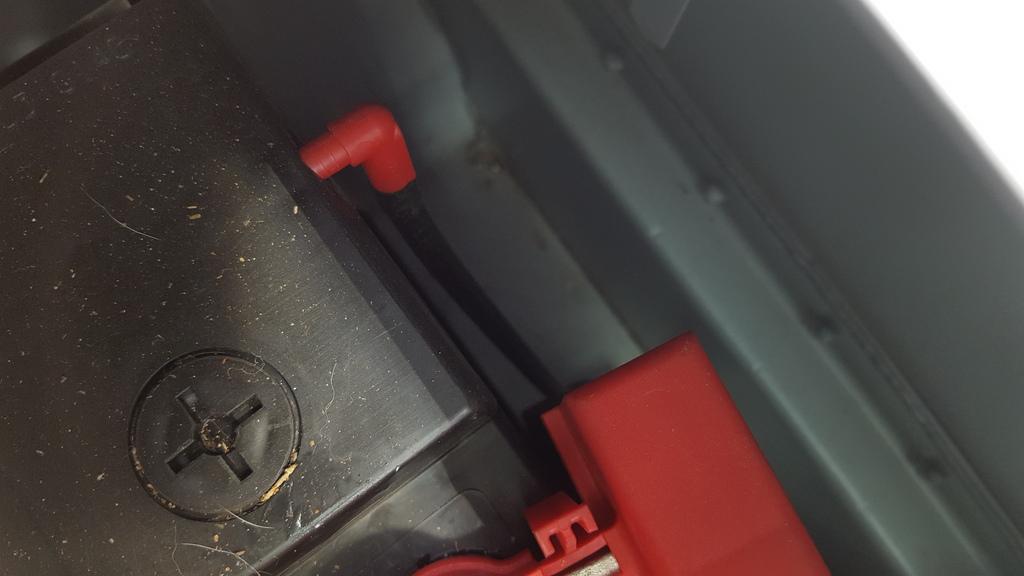Battery wise, I have been looking at replacing my second battery and after talking to someone at batteryworld I am considering getting a Century Marine pro 100ah.
Basically he suggested that as my battery box vents to outside that an AGM is unnecessary, it will charge faster but at double the cost.
And they are a bargain at the moment, $183 at BCF.




 Reply With Quote
Reply With Quote


Bookmarks